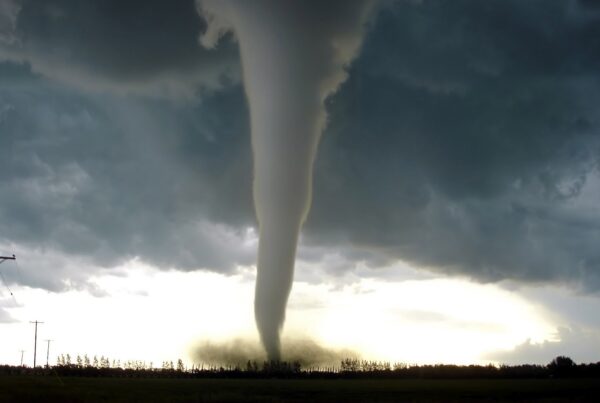Agence France-Presse September 21, 2011

Smoke billows from the collapse of the first tower of the World Trade Center on Sept. 11, 2001. A new theory says the collapse of the twin towers could have been caused by explosions caused by molten aluminum from the planes reacting with water in the buildings.
Photograph by: Herald Archive, AFP-Getty Images, Calgary Herald
PARIS – A mix of sprinkling system water and melted aluminum from aircraft hulls likely triggered the explosions that felled New York’s Twin Towers on September 11, 2001, a materials expert has told a technology conference.
“If my theory is correct, tonnes of aluminum ran down through the towers, where the smelt came into contact with a few hundred litres of water,” Christian Simensen, a scientist at SINTEF, an independent technology research institute based in Norway, said in a statement released Wednesday.
“From other disasters and experiments carried out by the aluminum industry, we know that reactions of this sort lead to violent explosions.”
The official report blames the collapse on the over-heating and failure of the structural steel beams at the core of the buildings, an explanation Simensen rejects.
Given the quantities of the molten metal involved, the blasts would have been powerful enough to blow out an entire section of each building, he said.
This, in turn, would lead to the top section of each tower to fall down on the sections below.
The sheer weight of the top floors would be enough to crush the lower part of the building like a house of card, he said.
The aluminum -water scenario would also account for explosions from within the buildings just prior to their collapse that have fuelled conspiracy theories suggesting that the structures had been booby-trapped.
Simensen presented his theory at an international materials technology conference in San Diego, California, and has detailed his calculations in an article published in the trade journal Aluminum International Today.
“The aluminum industry had reported more than 250 aluminum -water explosions since 1980,” he said.
In a controlled experiment carried out by Alcoa Aluminum , 20 kilos (44 pounds) of molten aluminum was allowed to react with 20 litres of water, along with a small quantity of rust.
“The explosion destroyed the entire laboratory and left a crater 30 metres (100 feet) in diameter,” Simensen said.
By comparison, the aircraft carried 30 tonnes of aluminum into each of the towers, according to his calculations.
Simensen speculates that the two commercial jets were immediately trapped inside an insulating layer of building debris within the skyscrapers.
The debris — especially plaster, which blocks the transfer of heat — would have formed a shield protecting the rest of the building.
At the same time, however, it would created a super-hot, oven-like zone around the aircraft, heated by burning fuel.
Aluminum alloy, which in jet hulls also contains magnesium, melts at 660 degrees Celsius (1,220 degrees Fahrenheit). If heated to 750 C (1382 F), the alloy “becomes as liquid as water,” Simensen said.
This molten aluminum could then have flowed downward through staircases and gaps in the floor, causing a chemical reaction with water from sprinklers on the levels below.
The mix would immediately boost temperatures by several hundred degrees, releasing combustible hydrogen in the process. Such reactions are even more powerful in the presence of rust or other catalysts, which can boost temperatures to more than 1,500 C (2,700 F).
A meltdown period of 30 to 45 minutes would also be consistent with the timing of the explosions and subsequent collapse of both buildings in relation to the moment of impact.
Simensen said there are lessons to be learned, if his theory is correct, that could help avoid a similar disaster were another skyscraper to be hit by a big jet.
“We could develop means of rapidly emptying sprinkler systems in the floors beneath the point of impact,” he said.
Firing a rocket with fire-retardant that could coat the aircraft body could also help prevent metal alloy from melting.
© Copyright (c) AFP
Newsletter Editor’s Note: This article was taken from the September 22, 2011 issue of the American Society of Civil Engineers SmartBrief electronic publication. While it has been 10 years since the 9/11 tragedy, theories continue to abound concerning what physically took place in connection with the failure of the World Trade Center towers. At least one NABIE member was involved in helping assess the failure mechanism of the Twin Towers. In September of 2005 The National Institute of Standards and Technology issued extensive reports on its failure investigation of the Twin Towers. Those findings can be viewed at http://www.nist.gov/el/disasterstudies/wtc/wtc_finalreports.cfm


